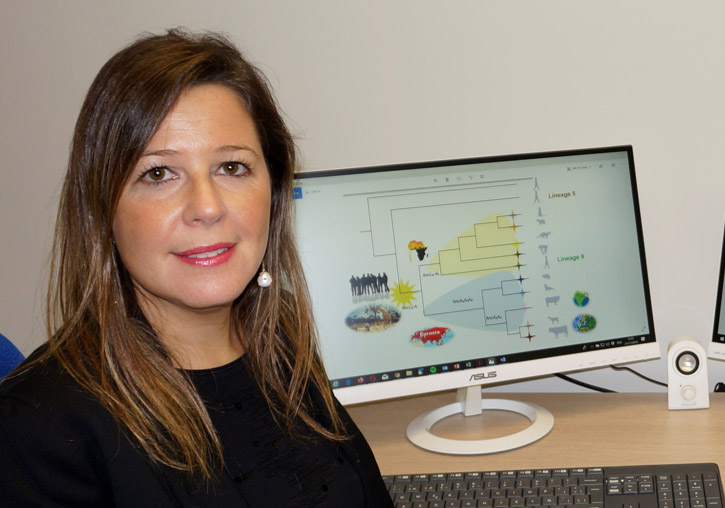Users
Social media
- More details here...
- Address
Parc Científic de la Universitat de València C/
Catedrático Agustín Escardino, 9
46980 Paterna (Valencia) Spain - Email:
iu.i2sysbio@uv.es - Phone:
(+34) 963544810
- Address
Links
Study of tuberculosis in Africa reveals new lineage in the eastern part of the continent

Investigation
Study of tuberculosis in Africa reveals new lineage in the eastern part of the continent
 Coscollá et al. «Phylogenomics of Mycobacterium africanum reveals a new lineage and a complex evolutionary history». Microbial Genomics 2021;7:000477. DOI: 10.1099/mgen.0.000477.
Coscollá et al. «Phylogenomics of Mycobacterium africanum reveals a new lineage and a complex evolutionary history». Microbial Genomics 2021;7:000477. DOI: 10.1099/mgen.0.000477.


